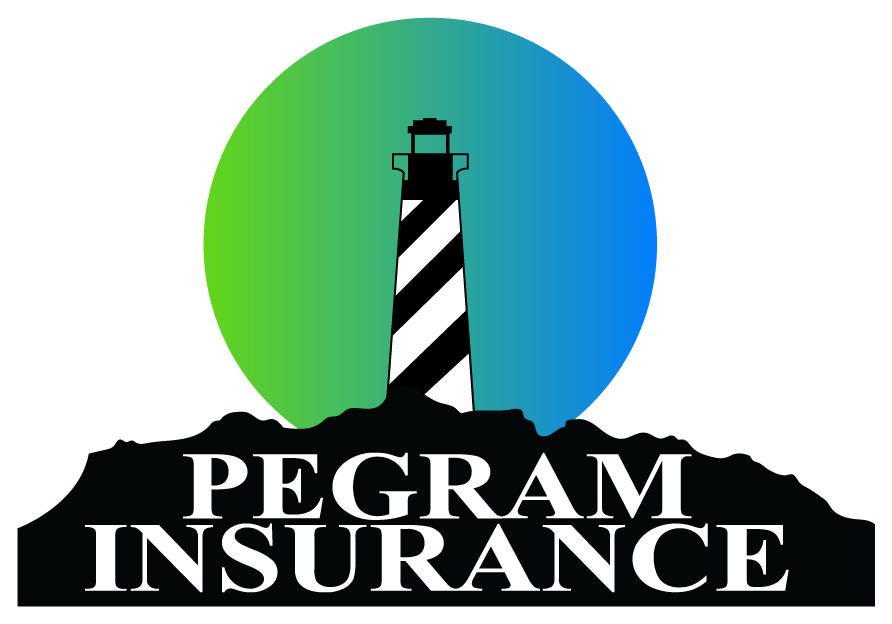
Most people don’t realize the importance of taking a personal property inventory on their personal contents that are insured through your home insurance policy. A personal property inventory is just a record of all of the items you own.
Your home insurance policy likely has coverage for your contents of your home listed under personal property. This includes all of your items that you own that are not permanently attached to your home.
Examples of personal property are clothing, appliances, electronics, tools, furniture, jewelry, etc. What you may not be aware of, is that you, as the insured, are responsible for documenting the items that you own in the event of a payout from your home insurance claim.
In the event of a loss, the insurance company will ask for a detailed list of items that you own in determining the claim settlement amount. They will not just write a check for the amount of coverage that you had chosen on your policy which is listed on the declarations pages of your policy. Further, you will need to prove that you owned said items.
If tragedy struck and your home and all of its contents were destroyed by a fire, how good of a job would you do in remembering every item you own? On top of that, very few us can remember brand names and especially model numbers of these items. How many work shirts do you own? How many pairs of shoes?
I would strongly recommend that every home owner take the proper precautions in documenting all of their personal property. Their are different ways to go about this and it is probably best to take a mix of these different ways of documenting your possessions.
-
Keep receipts of all major purchases. Store these receipts somewhere away from your home. Furniture, appliances, electronics, etc. are examples of some items where receipts will be helpful in the event of a loss.
-
Take photos of rooms in your home to prove what you own and help trigger your memory of items you own should you have a total loss. Store the photos or files away from your home.
-
Walk around your home with a video camera talking out loud about purchases naming brands and models when known. Store the video or file away from your home.
-
Use a site or an app to track your contents.
Some apps and sites you can use
The more details of your belongings, the better prepared you will be to get your insurance company a list of these items.
Keep in mind, as we discussed in other blogs, that certain items are limited in their total payouts and these items would need to be scheduled on your policy. Some examples of these items would be jewelry, artwork, guns, computer equipment, and musical instruments. Check with your insurance company to see if appraisals are needed or what items will need to be scheduled.
Don’t wait until it is too late to take a personal inventory of your owned items. Every little bit of time you take now will be greatly appreciated in the event of a tragedy. It will help ease the stressful situation of a large claim and you will be happy that you did it.
Contact Us!
For quotes or questions, fill out the form below and one of our agents will be in touch shortly!




